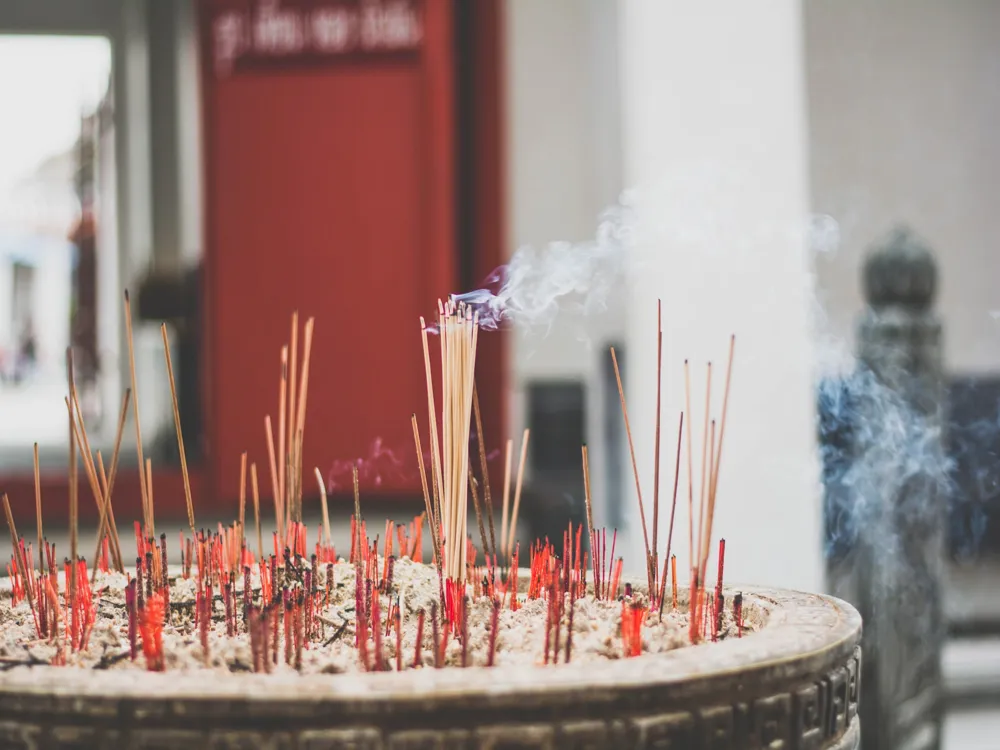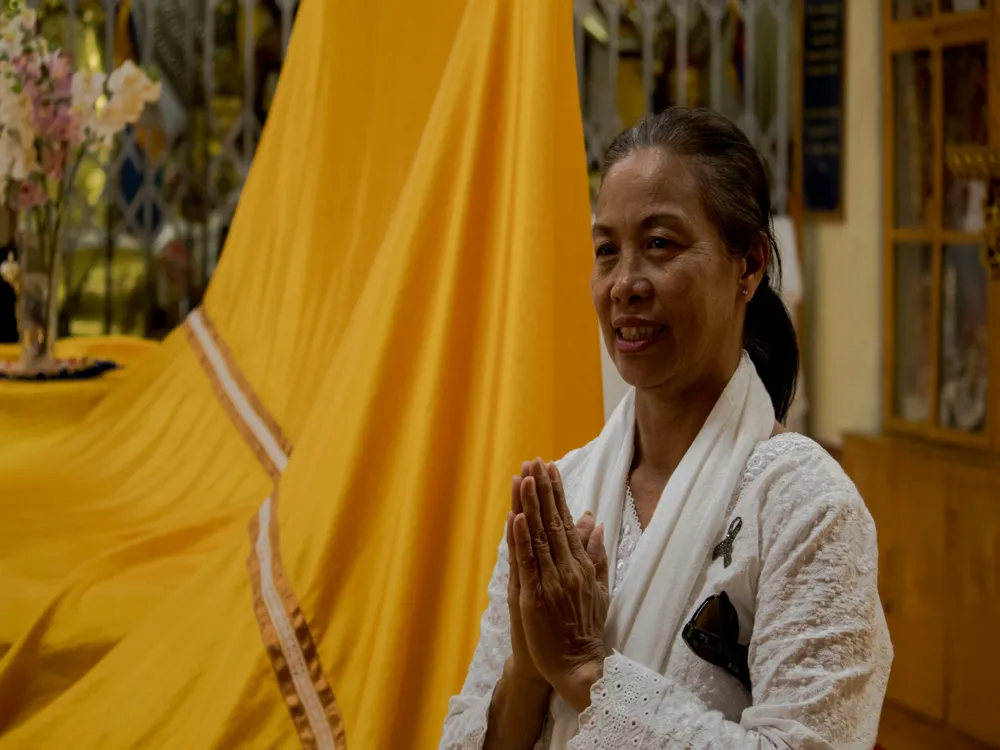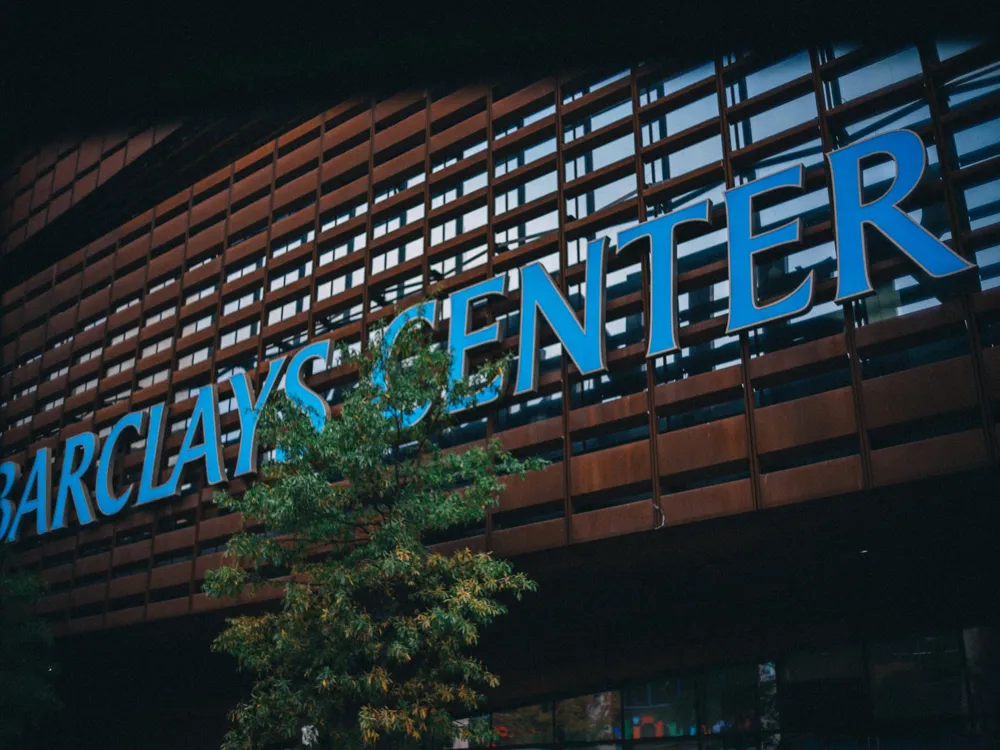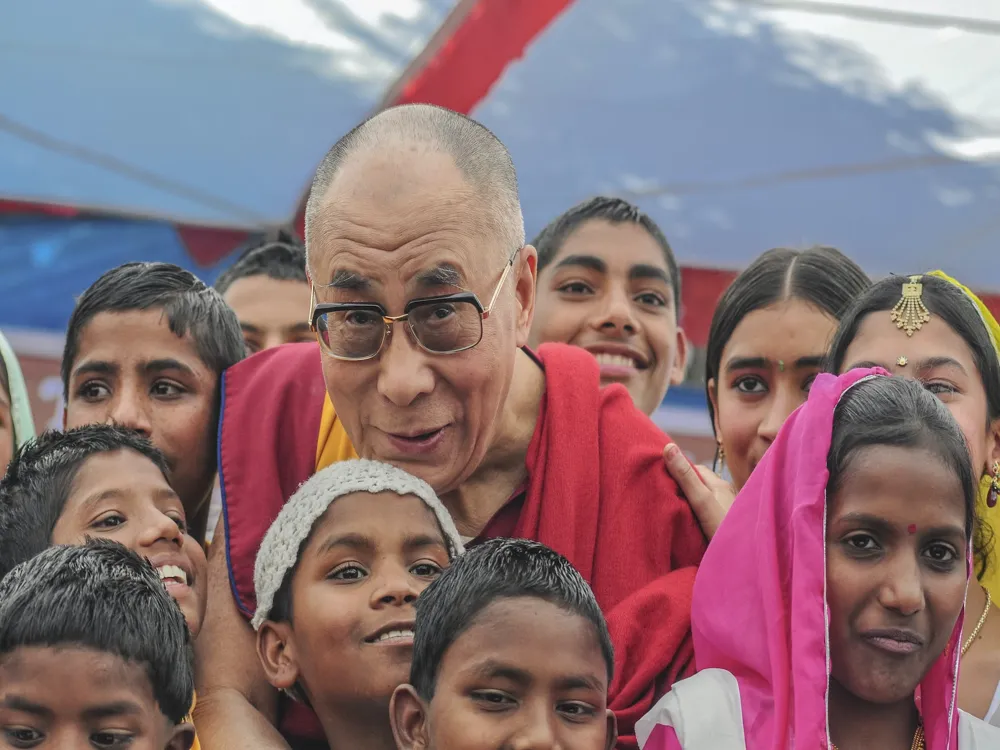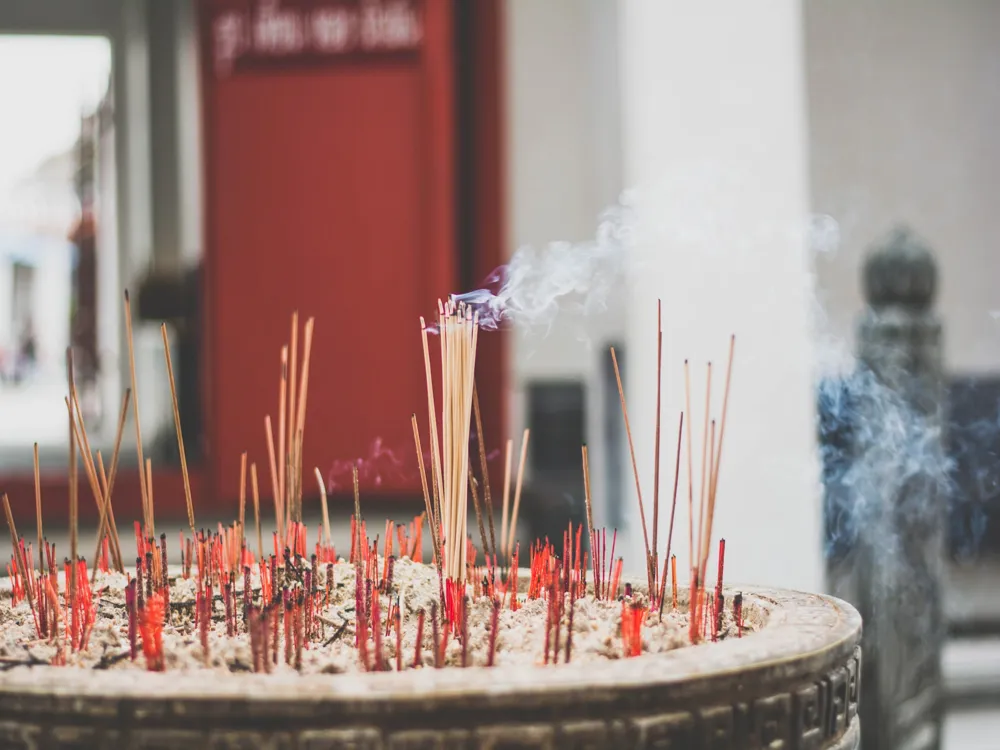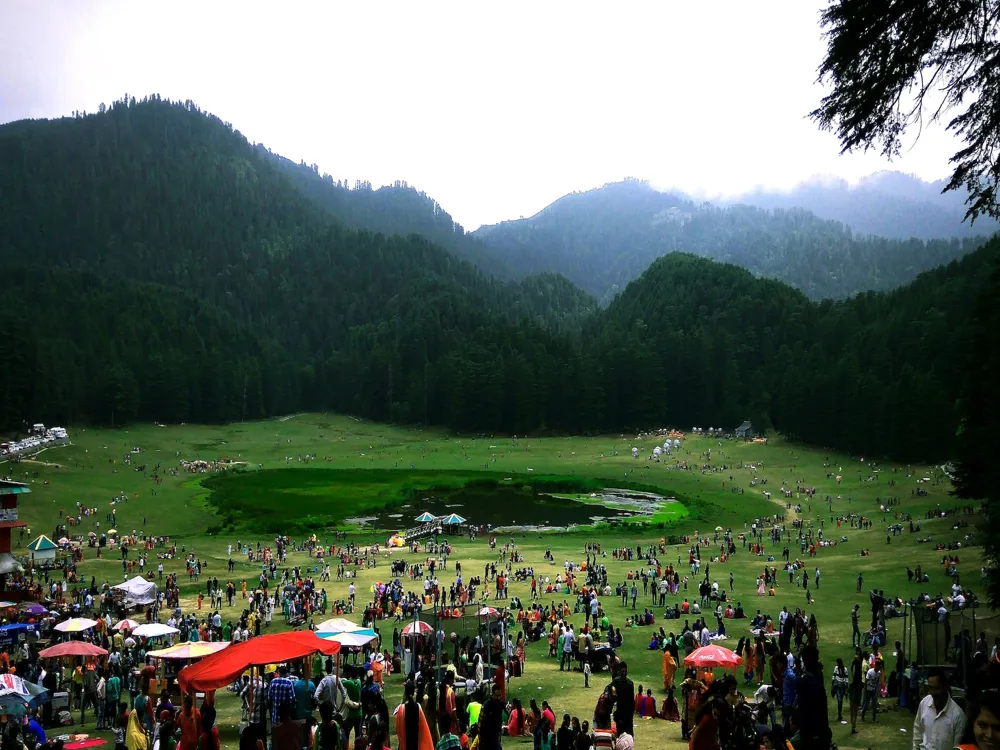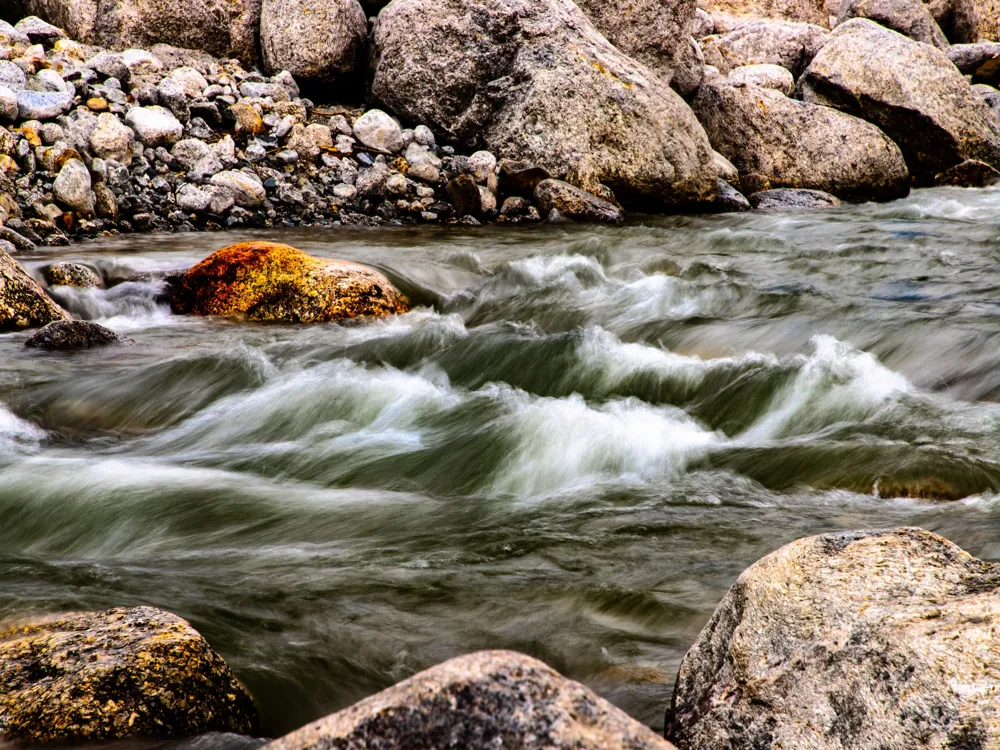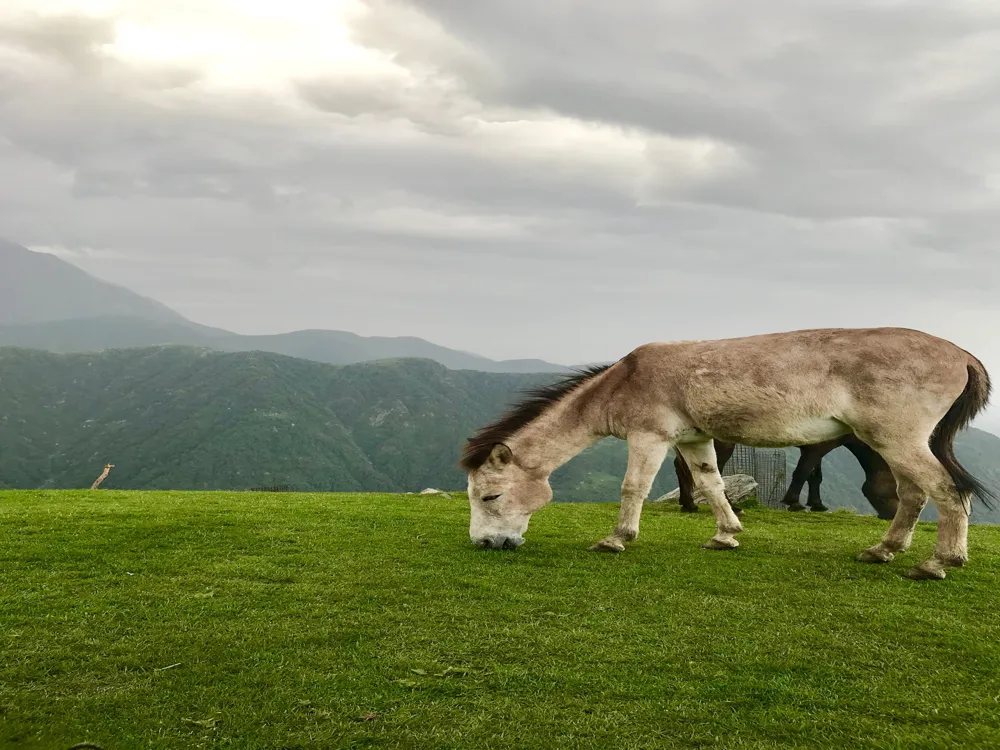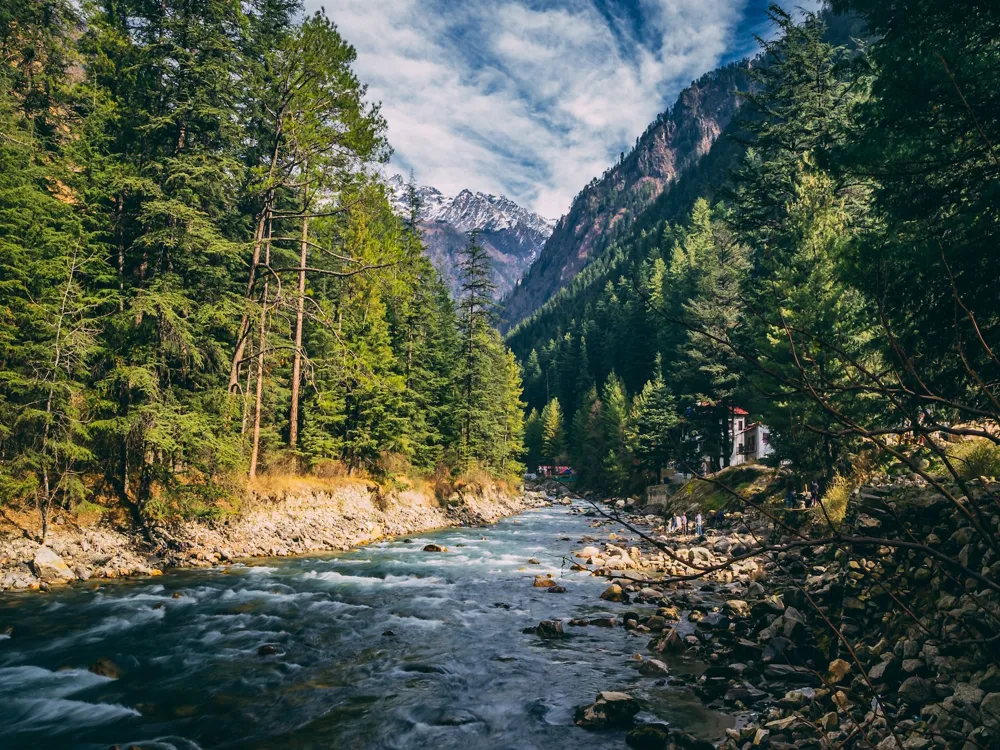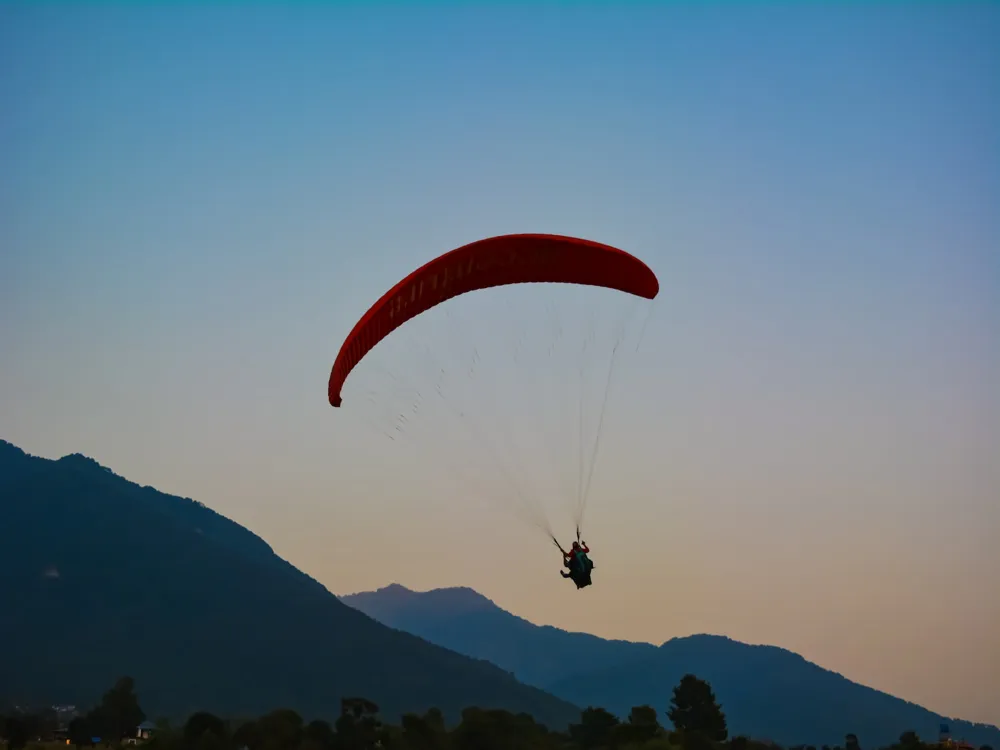Dharamsala, a picturesque city in Himachal Pradesh, India, is renowned for its breathtaking beauty and vibrant cultural tapestry. Nestled in the Kangra Valley and shadowed by the majestic Dhauladhar mountain range, Dharamsala presents a unique blend of natural splendor and rich history. This hill station, divided into Lower Dharamsala and Upper Dharamsala (also known as McLeod Ganj), is not just a popular tourist destination but also a spiritual haven, being the home of the Dalai Lama and the Tibetan government-in-exile. The city's history is as fascinating as its landscapes. Founded in the 1850s by the British, Dharamsala was initially a summer retreat and a military garrison. However, its character underwent a significant transformation in 1959 when the 14th Dalai Lama fled Tibet and was granted asylum here. Since then, Dharamsala has evolved into a melting pot of Indian and Tibetan cultures, offering a unique experience to its visitors. Today, Dharamsala is not just about scenic beauty; it's a place where spirituality and peace are tangible. The town's bustling markets, quaint cafes, and numerous monasteries provide a glimpse into the harmonious blend of cultures. Visitors are enthralled by the traditional Tibetan architecture, the sound of prayer wheels, and the sight of monks in maroon robes against the backdrop of the Himalayas. Dharamsala is more than a destination; it's an experience that stays with you long after you leave. The architecture of Dharamsala is a testament to its rich history and cultural amalgamation. The town's landscape is dotted with buildings that showcase a fusion of British colonial, Indian, and Tibetan styles. Colonial-era churches and bungalows, with their Victorian-style architecture, stand in stark contrast to the traditional Kangra-style houses made of bamboo, mud, and slate roofs. These indigenous dwellings are designed to withstand the harsh mountain weather and are a reflection of the local craftsmanship and sustainable practices. However, it is the Tibetan influence that truly defines Dharamsala's architectural identity. The Tsuglagkhang Complex, the residence of the Dalai Lama, is a prime example of Tibetan architecture. With its whitewashed walls, intricately decorated prayer wheels, and vibrant thangkas, the complex is not just a place of worship but also an embodiment of Tibetan culture and art. The Namgyal Monastery, with its large prayer hall and serene ambiance, offers a glimpse into the spiritual practices of Tibetan Buddhism. The Tibetan influence extends beyond religious structures. The Tibetan Institute of Performing Arts (TIPA) and the Norbulingka Institute are centers dedicated to the preservation of Tibetan culture and arts. Their architecture, with bright colors, wood carvings, and traditional motifs, is a visual feast and symbolizes the resilience and richness of the Tibetan community in Dharamsala. Exploring Dharamsala's architecture is like walking through a living museum, each structure telling its own story of cultural convergence and resilience. The harmony of different architectural styles not only adds to the town's aesthetic appeal but also symbolizes the peaceful coexistence of diverse cultures in this Himalayan haven. The ideal time to visit Dharamsala is from March to June, when the weather is pleasant, and the valley is in full bloom. Monsoon season, from July to September, sees heavy rainfall, making travel difficult. Winters, from December to February, are cold but offer the chance to witness snowfall. Dharamsala offers a diverse culinary experience with Tibetan, Indian, and international cuisines. Do not miss trying the Tibetan momos and thukpa. The local markets are a treasure trove for Tibetan handicrafts, woolens, and souvenirs. It's important to respect local customs and religious practices. Dress modestly, especially when visiting monasteries. Always ask permission before photographing people or religious sites. From luxury hotels to budget guesthouses, Dharamsala offers a range of accommodations. Staying in McLeod Ganj offers a closer look at Tibetan culture, while Lower Dharamsala has more options for budget travelers. Dharamsala is well-connected by road, rail, and air. The nearest airport is Gaggal Airport, about 15 km away. The closest major railway station is in Pathankot, 85 km from Dharamsala. Regular bus services from major cities like Delhi, Chandigarh, and Shimla make it easily accessible by road. Once in Dharamsala, taxis and local buses are the most convenient modes of transportation.Overview of Dharamsala, Himachal Pradesh
Architecture of Dharamsala
Tips When Visiting Dharamsala
Best Time to Visit
Local Cuisine and Shopping
Respect Local Culture and Traditions
Stay and Accommodation
How To Reach Dharamsala
Gyuto Monastery
Dharamsala
Himachal Pradesh
₹ 7,800 onwards
View dharamsala Packages
Weather :
Tags : Buddhist Temple
Timings : 5:00 AM - 4:30 PM, 6:00 PM - 8:00 PM
Address : 59P9+XG6, Sidhbari, Himachal Pradesh 176053
Best Time to Visit : Buddha Poornima
Planning a Trip? Ask Your Question
Dharamsala Travel Packages
View All Packages For Dharamsala
Top Hotel Collections for Dharamsala

Private Pool

Luxury Hotels

5-Star Hotels

Pet Friendly
Top Hotels Near Dharamsala
Other Top Ranking Places In Dharamsala
View All Places To Visit In dharamsala
View dharamsala Packages
Weather :
Tags : Buddhist Temple
Timings : 5:00 AM - 4:30 PM, 6:00 PM - 8:00 PM
Address : 59P9+XG6, Sidhbari, Himachal Pradesh 176053
Best Time to Visit : Buddha Poornima
Planning a Trip? Ask Your Question
Dharamsala Travel Packages
View All Packages For Dharamsala
Top Hotel Collections for Dharamsala

Private Pool

Luxury Hotels

5-Star Hotels

Pet Friendly







